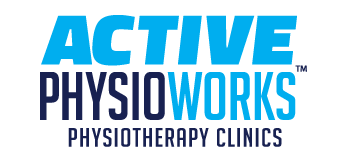Tennis Elbow
May 27, 2015
I know what you may be thinking…how can I get tennis elbow if I don’t actually play tennis? The medical term for tennis elbow is called lateral epicondylitis. There is usually pain is localized to a small area in the elbow which is called your lateral epicondyle. The majority of the muscles in your forearm come together to form one common tendon that inserts on this part of the bone, the lateral epicondyle. When these muscles get overworked or strained, the muscles become tight and pull on this tendon. There is usually pain with daily activities, such as lifting a coffee cup, turning a key, or with any kind of gripping activity. Lateral epicondylitis is usually an overuse injury. It is usually caused by repeated extension exercises (like a tennis back hand swing) or from repeated gripping. It is a common work related issue from sitting at a computer with your wrists in extension typing all day.
So what can be done to prevent tennis elbow in the workplace? At your work station, make sure that you have the proper ergonomic set up at your desk to allow your forearms to rest on the keyboard. Ensure that your mouse is within reach so you’re not having to overextend the arm to reach it. Another thing is to ensure you have the proper ergonomic chair so you can sit up straight. Believe it or not, some cases of tennis elbow can be referred from your neck. If you are constantly slouching throughout the day, this can cause an assortment of different injuries that can be prevented. And most of all, take the time to get up out of your desk throughout the day and move. Our bodies are not designed to be sitting all day, we are designed to move. Set yourself an alarm while at work every 1 to 2 hours to remind you to get up and take a small little stroll around the office.
If you are having the symptoms of tennis elbow, physiotherapy can help to determine the cause and can help to alleviate your pain. Give us at Active Physio Works, a call at 780-458-8505 to make an appointment today.
Please add your bio info through your member profile page, or through your dashboard.

